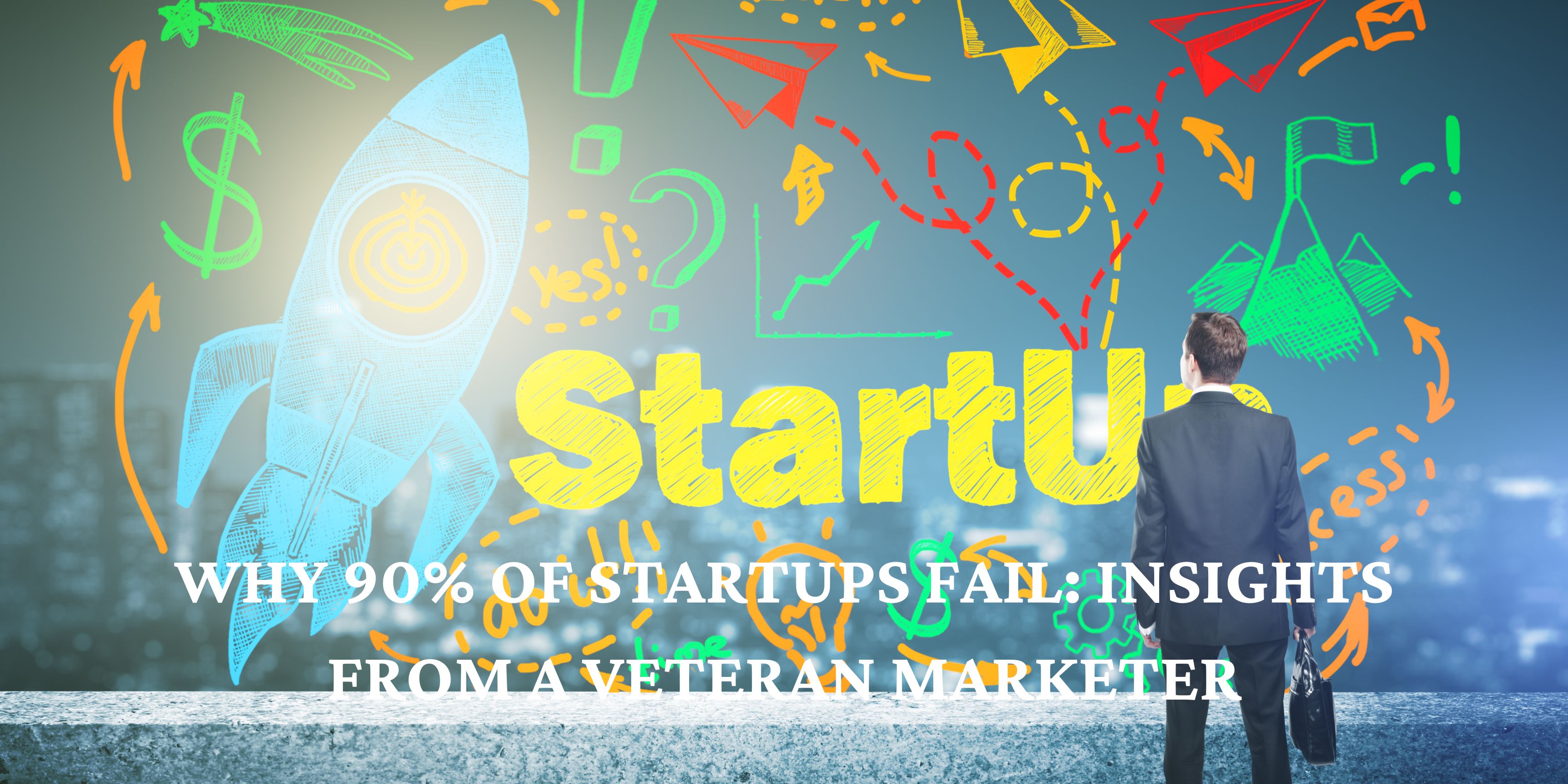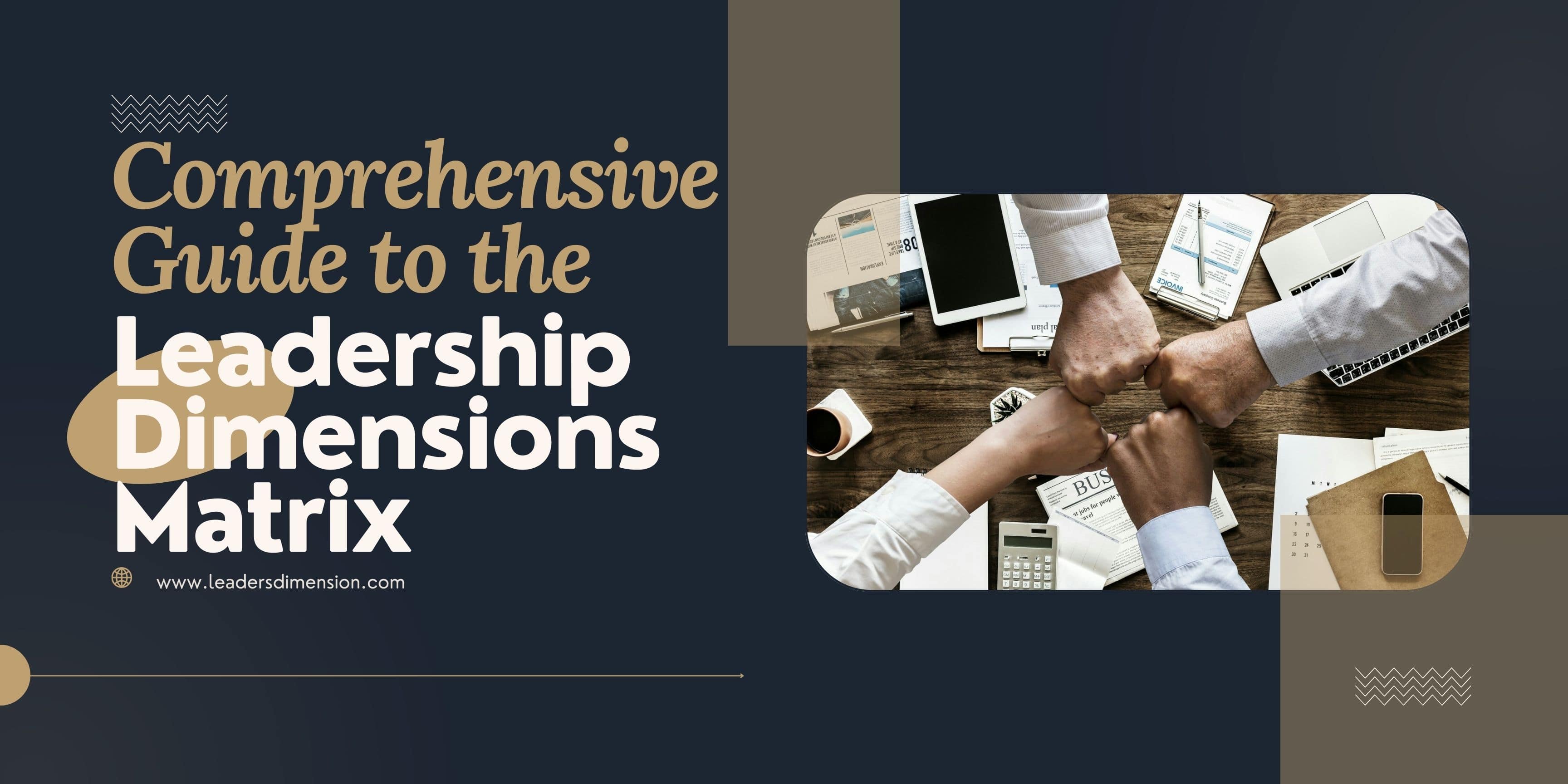Competitive Advantage and Unique Selling Proposition: Building Blocks for Business Success in 2024
In today's hyper-competitive market landscape, standing out from the crowd is more critical than ever. As businesses navigate the complexities of 2024, having a clear competitive advantage and a compelling unique selling proposition (USP) is paramount for driving success and sustainable growth. This article explores these foundational concepts in depth, offering insights into how companies can cultivate and leverage them to outperform their rivals and captivate their target audience.
Understanding Competitive Advantage
Competitive advantage refers to the unique edge a company holds over its competitors, allowing it to generate greater value for its stakeholders. This advantage can manifest in various forms, including cost leadership, product differentiation, and focus strategies. A well-defined competitive advantage enables a business to achieve superior margins, attract and retain customers, and ultimately sustain its market position.
Types of Competitive Advantage
Cost Leadership
Definition: Cost leadership is achieved when a company becomes the lowest-cost producer in its industry. This allows the business to offer lower prices or maintain standard prices while achieving higher margins.
Strategies: Companies can achieve cost leadership through economies of scale, efficient production techniques, cost-saving technologies, and tight cost controls.
Examples: Walmart, known for its cost-efficient operations, passes savings to customers through low prices. Similarly, Southwest Airlines maintains a competitive edge by operating a single aircraft model and focusing on short-haul flights, reducing maintenance and operational costs.
Differentiation
Definition: Differentiation involves providing unique products or services that offer value not available from competitors. This can include superior quality, innovative features, exceptional customer service, or a strong brand identity.
Strategies: Businesses can differentiate through innovation, high-quality materials, superior craftsmanship, brand reputation, and tailored customer experiences.
Examples: Apple excels in differentiation through its innovative product designs, user-friendly interfaces, and robust ecosystem of interconnected devices. Tesla stands out with its cutting-edge electric vehicles and pioneering technology in autonomous driving.
Focus Strategy
Definition: A focus strategy targets a specific market segment or niche, tailoring products or services to meet the unique needs of that segment. This approach can involve either cost focus or differentiation focus.
Strategies: Companies adopting a focus strategy deeply understand their target segment and customize their offerings to cater to specific preferences and requirements.
Examples: Rolex focuses on the luxury watch segment, offering high-quality, prestigious timepieces. Whole Foods Market targets health-conscious consumers with its selection of organic and natural products.
Developing a Competitive Advantage
To develop a competitive advantage, companies need to conduct a thorough analysis of their internal capabilities and the external market environment. This process involves:
Internal Analysis: Evaluating the company's resources, capabilities, and core competencies to identify strengths and weaknesses. Tools like SWOT analysis (Strengths, Weaknesses, Opportunities, Threats) can be instrumental in this process.
External Analysis: Understanding industry dynamics, market trends, and competitive forces. Frameworks such as Porter's Five Forces can help assess the competitive landscape and identify opportunities and threats.
Internal and External Analysis Process:
Resource-Based View (RBV):
Identify and evaluate the company's tangible and intangible assets, such as technology, brand reputation, and skilled workforce.
Assess the company's capabilities, including processes, organizational culture, and customer relationships.
Determine core competencies that provide a distinct advantage over competitors.
Porter’s Five Forces Analysis:
Assess the intensity of competition within the industry, including the number of competitors and their relative strengths.
Evaluate the bargaining power of suppliers and customers.
Analyze the threat of new entrants and substitute products.
Understand the influence of external factors such as regulatory changes and technological advancements.
By integrating insights from both internal and external analyses, companies can craft strategies that leverage their strengths, mitigate weaknesses, exploit opportunities, and defend against threats.
Crafting a Unique Selling Proposition (USP)
A unique selling proposition (USP) is a clear, compelling statement that articulates what makes a company's product or service uniquely valuable to customers. It answers the critical question: "Why should customers choose our product over our competitors'?" A strong USP differentiates the company in the marketplace and serves as the cornerstone of its marketing and branding efforts.
Components of a Strong USP
Clarity
A USP should be straightforward and easy to understand. It should communicate the unique benefit clearly and succinctly, avoiding jargon or overly complex language.
Example: FedEx’s classic slogan, "When it absolutely, positively has to be there overnight," clearly conveys its promise of reliable overnight delivery.
Relevance
The USP must address a significant need or desire of the target audience. It should resonate with customers by solving a problem or enhancing their experience.
Example: TOMS Shoes’ "One for One" campaign highlights its commitment to donating a pair of shoes for every pair sold, appealing to socially conscious consumers.
Uniqueness
A USP should highlight a distinctive feature or benefit that competitors do not offer. It sets the company apart in a meaningful way.
Example: Apple’s emphasis on design and user experience distinguishes its products in the crowded consumer electronics market.
Value Proposition
The USP should convey the value customers receive from choosing the product or service. This includes tangible benefits (e.g., cost savings) and intangible benefits (e.g., prestige, convenience).
Example: Geico’s "15 minutes could save you 15% or more on car insurance" clearly communicates the potential savings and convenience of switching to Geico.
Developing a USP
To develop a compelling USP, companies should follow these steps:
1. Identify Target Audience:
Understand the specific needs, preferences, and pain points of the target market. Conduct market research, surveys, and customer feedback analysis to gather insights.
Example: Warby Parker identified a need for affordable, stylish eyewear and tailored its USP to address this market segment effectively.
2. Analyze Competitors:
Evaluate competitors’ USPs and market positioning to identify gaps and opportunities. Look for areas where the company can differentiate itself meaningfully.
Example: Slack differentiated itself in the crowded communication tools market by focusing on simplicity, integration, and user experience.
3. Highlight Unique Benefits:
Pinpoint the unique features and benefits of the company’s products or services. These could include superior quality, innovative technology, exceptional service, or exclusive offers.
Example: Dollar Shave Club's USP focused on convenience and affordability with its subscription-based razor delivery service, appealing to cost-conscious consumers.
4. Craft a Clear Message:
Develop a concise and compelling message that communicates the USP. Test different versions to find the most effective wording that resonates with the target audience.
Example: M&M's "Melts in your mouth, not in your hands" effectively highlights a unique product attribute that appeals to consumers seeking a mess-free snack.
5. Integrate into Branding and Marketing:
Ensure the USP is consistently reflected across all marketing materials, brand messaging, and customer interactions. It should be a central element of the company’s identity.
Example: Nike’s "Just Do It" campaign embodies its USP of inspiring and empowering athletes, aligning with its brand ethos and marketing efforts.
Real-World Examples of Competitive Advantage and USP
To illustrate how competitive advantage and USPs are applied in the real world, let's examine a few successful companies across different industries.
Amazon
Competitive Advantage: Amazon’s competitive advantage lies in its unmatched logistics network, vast product selection, and economies of scale. Its ability to offer quick delivery and a broad range of products at competitive prices has positioned it as a leader in e-commerce.
USP: "Earth's most customer-centric company." Amazon’s focus on customer convenience and satisfaction is evident in its streamlined shopping experience, extensive product reviews, and reliable delivery services.
Starbucks
Competitive Advantage: Starbucks excels in creating a unique customer experience through its cozy store ambiance, premium coffee offerings, and strong brand culture. Its focus on product quality and customer service differentiates it in the crowded coffee shop market.
USP: "The third place between work and home." Starbucks positions itself as a welcoming place for customers to relax, socialize, and enjoy high-quality coffee, setting it apart from other coffee chains.
Netflix
Competitive Advantage: Netflix's competitive advantage comes from its vast content library, original programming, and advanced recommendation algorithms. Its ability to deliver personalized viewing experiences and exclusive content has driven subscriber growth and loyalty.
USP: "Watch anywhere, cancel anytime." Netflix offers flexibility and convenience with its streaming service, allowing users to access a wide range of content across devices without long-term commitments.
Tesla
Competitive Advantage: Tesla’s competitive advantage is rooted in its innovative electric vehicle technology, strong brand appeal, and integrated ecosystem of energy products. Its focus on sustainability and cutting-edge technology has made it a leader in the electric vehicle market.
USP: "Electric cars for a sustainable future." Tesla’s USP emphasizes its commitment to producing high-performance electric vehicles that promote environmental sustainability, appealing to eco-conscious consumers.
Challenges in Maintaining Competitive Advantage and USP
While establishing a competitive advantage and USP is crucial, maintaining them over time can be challenging due to various factors:
Market Saturation
As markets mature and competitors replicate successful strategies, maintaining differentiation becomes increasingly difficult. Companies must continuously innovate and adapt to stay ahead.
Strategy: Invest in R&D and monitor market trends to identify new opportunities for differentiation. Example: Google continually innovates with new products and features to maintain its dominance in search and online advertising.
Technological Disruption
Rapid technological advancements can disrupt existing business models and erode competitive advantages. Companies need to embrace digital transformation and stay agile to navigate these changes.
Strategy: Foster a culture of innovation and leverage emerging technologies to enhance product offerings and operational efficiency. Example: Microsoft successfully pivoted to a cloud-first strategy, capitalizing on the growing demand for cloud services.
Changing Consumer Preferences
Shifts in consumer behavior and preferences can impact the relevance of a company’s USP. Businesses must stay attuned to their customers and adapt their value propositions accordingly.
Strategy: Conduct regular market research and engage with customers to understand evolving needs and preferences. Example: Coca-Cola has expanded its product portfolio to include healthier beverage options in response to increasing health consciousness among consumers.
Regulatory and Environmental Challenges
Changes in regulations and growing emphasis on sustainability can affect competitive advantages, particularly for industries with significant environmental impact.
Strategy: Align business practices with regulatory requirements and sustainability goals to mitigate risks and enhance brand reputation. Example: Unilever’s commitment to sustainable sourcing and reducing its environmental footprint has strengthened its competitive position in the consumer goods market.
Best Practices for Sustaining Competitive Advantage and USP
To sustain competitive advantage and a compelling USP, companies should adopt the following best practices:
1. Continuous Innovation
Stay ahead of the curve by investing in R&D and fostering a culture of creativity and innovation. Continuously seek ways to improve products, services, and processes.
Example: Apple's relentless focus on innovation has kept it at the forefront of the technology industry, consistently delivering new and improved products.
2. Customer-Centric Approach
Prioritize customer needs and preferences in all aspects of the business. Engage with customers regularly to gather feedback and enhance their experience.
Example: Amazon's obsession with customer satisfaction drives its product and service enhancements, reinforcing its market leadership.
3. Agility and Flexibility
Cultivate organizational agility to respond quickly to market changes and emerging opportunities. Be willing to adapt strategies and pivot as needed.
Example: Spotify’s ability to rapidly adapt to changing music consumption trends has enabled it to maintain its position as a leading music streaming service.
4. Sustainability and Ethical Practices
Integrate sustainability and ethical considerations into business operations. This not only meets regulatory requirements but also aligns with growing consumer expectations for responsible business practices.
Example: Patagonia’s commitment to environmental sustainability and ethical sourcing has earned it a loyal customer base and a strong brand reputation.
5. Strategic Partnerships and Alliances
Forge strategic partnerships and alliances to enhance capabilities, expand market reach, and create additional value for customers.
Example: Starbucks’ partnership with Nestlé has expanded its global reach and distribution capabilities, allowing it to tap into new markets.
In the dynamic business environment of 2024, cultivating and sustaining a competitive advantage and unique selling proposition are crucial for success. By understanding their unique strengths, continuously innovating, and staying attuned to market changes, companies can maintain their edge and thrive in the face of competition.
Businesses that effectively articulate their USPs and leverage their competitive advantages can attract and retain customers, drive profitability, and achieve long-term growth. As we move forward, the ability to adapt and evolve will be key to sustaining these foundational elements of business success.
- 21 June 2024





